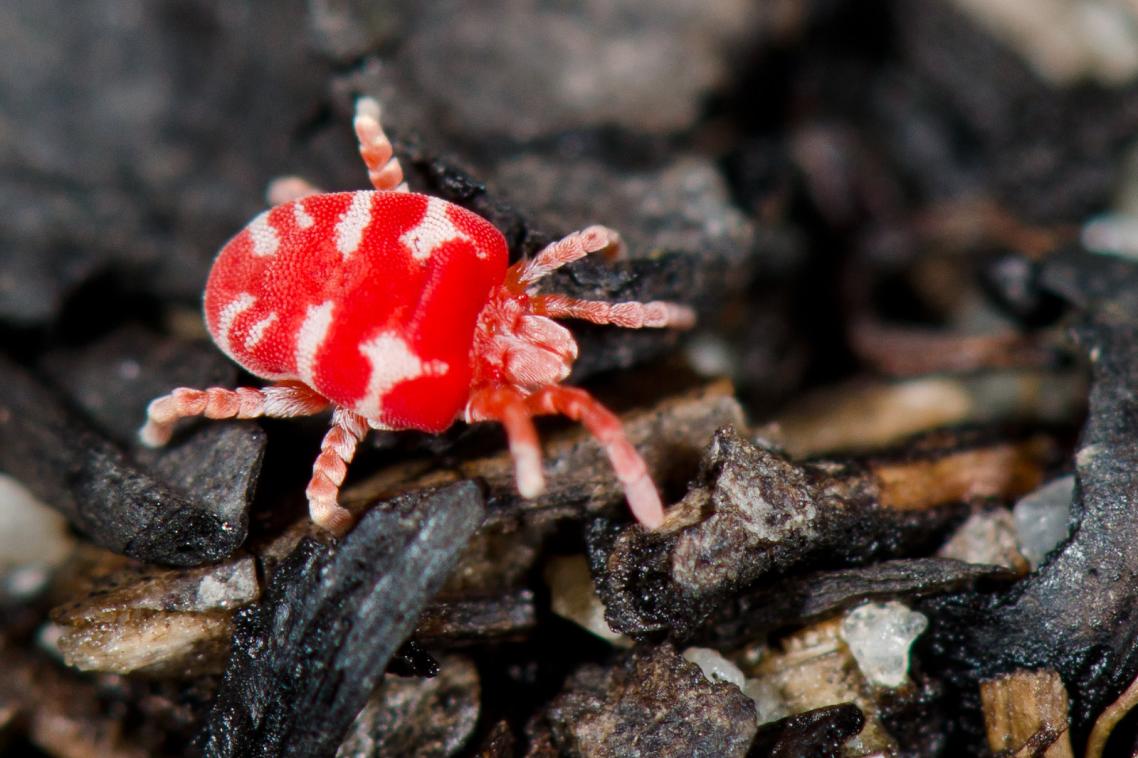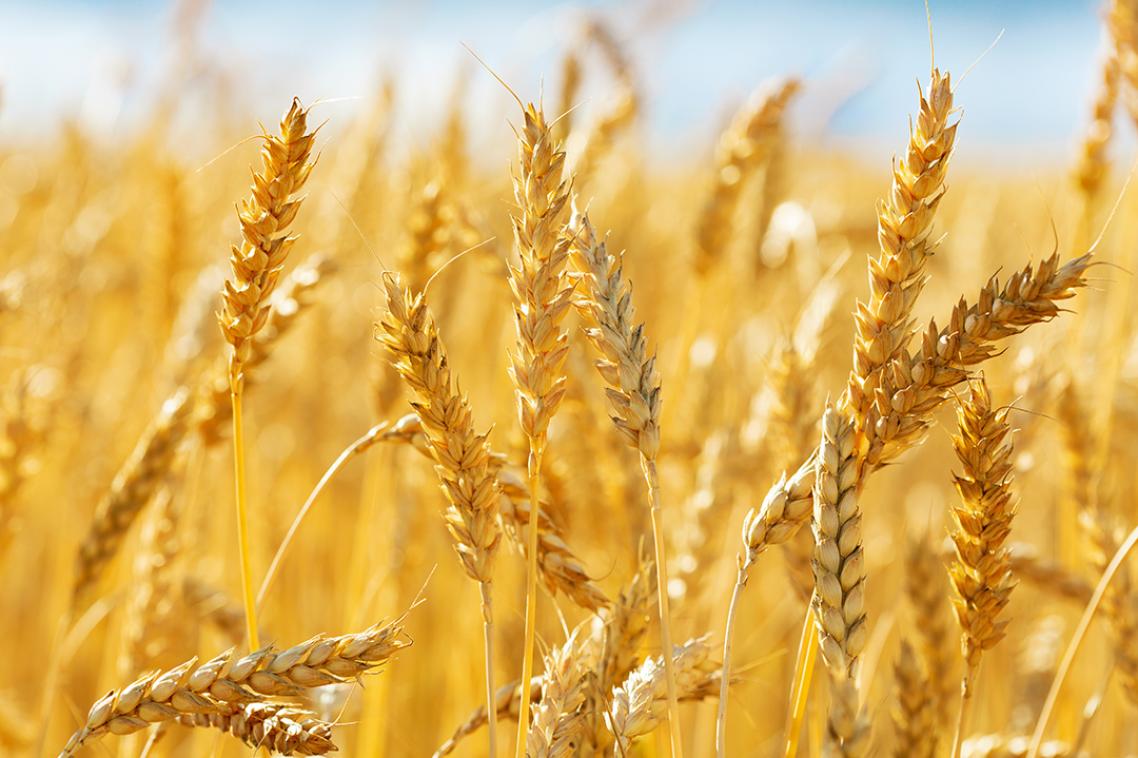In a mite-y bit of trouble

Mite extinctions are occurring at least 1,000 times the ‘natural’ rate – a finding a University of Queensland researcher says is another warning that global biodiversity is in deep trouble.
The 1.25 million mite species around the planet occupy an enormous variety of terrestrial and freshwater ecosystems, from the equator, to polar regions and high altitude areas.
In the first global study on mite biodiversity, UQ’s Dr Greg Sullivan and colleague Dr Sebahat K. Ozman-Sullivan compiled data that showed the ongoing extinction of an alarming number of species.
“Mites are critical to ecosystems all over the planet – some provide essential ecosystem services such as the incorporation of organic matter into the soil,” Dr Sullivan said.
“These services underpin the survival of innumerable species, and act as a proxy for environmental health.
“However, the humble mite is in trouble, as the majority of mite species are assumed to be in the tropical rainforests, where 50 per cent have been destroyed or severely degraded,” he said.
“And based on estimates of overall biodiversity loss, around 15 per cent of mite species were likely to have become extinct by 2000.
“Losses are currently expected to increase by between 0.6 per cent and six per cent by 2060.”
The researchers said humans are responsible for the erosion of mite diversity.
“Habitat destruction and degradation continue on an enormous scale, with increasing global population and resource consumption the overarching drivers of extinction,” Dr Sullivan said.
“The maintenance of mite biodiversity is highly dependent on the maintenance of plant diversity, habitat complexity and insect diversity.
“This means we urgently need to minimise the rate of destruction and degradation of habitat, especially in subtropical and tropical regions, and protect representative natural areas, especially the global biodiversity hotspots, like the Forests of East Australia biodiversity hotspot.”
In addition, he said climate change was likely worsening the effects of the other drivers at an increasing rate.
“We need a rapid global implementation of technologies that decrease greenhouse gas emissions and increase carbon sequestration, including the widespread regeneration of degraded forests with local species.
“This, coupled with an effectively executed international climate agreement, will play a critical role in determining the fate of a substantial proportion of the remaining global biodiversity – including the small, but mighty, mite.”
The review piece has been published in Austral Ecology (DOI: 10.1111/aec.12932).
Media: Dr Greg Sullivan, gregory.sullivan@uq.net.au, +90 530 022 6397 (Turkey); Dominic Jarvis, dominic.jarvis@uq.edu.au, +61 413 334 924.
Topics
Related articles

An integrated vision for predicting crop success
From cane toad lures to drugs from deadly venoms: IMB is a global research powerhouse
Media contact
UQ Communications
communications@uq.edu.au
+61 429 056 139
